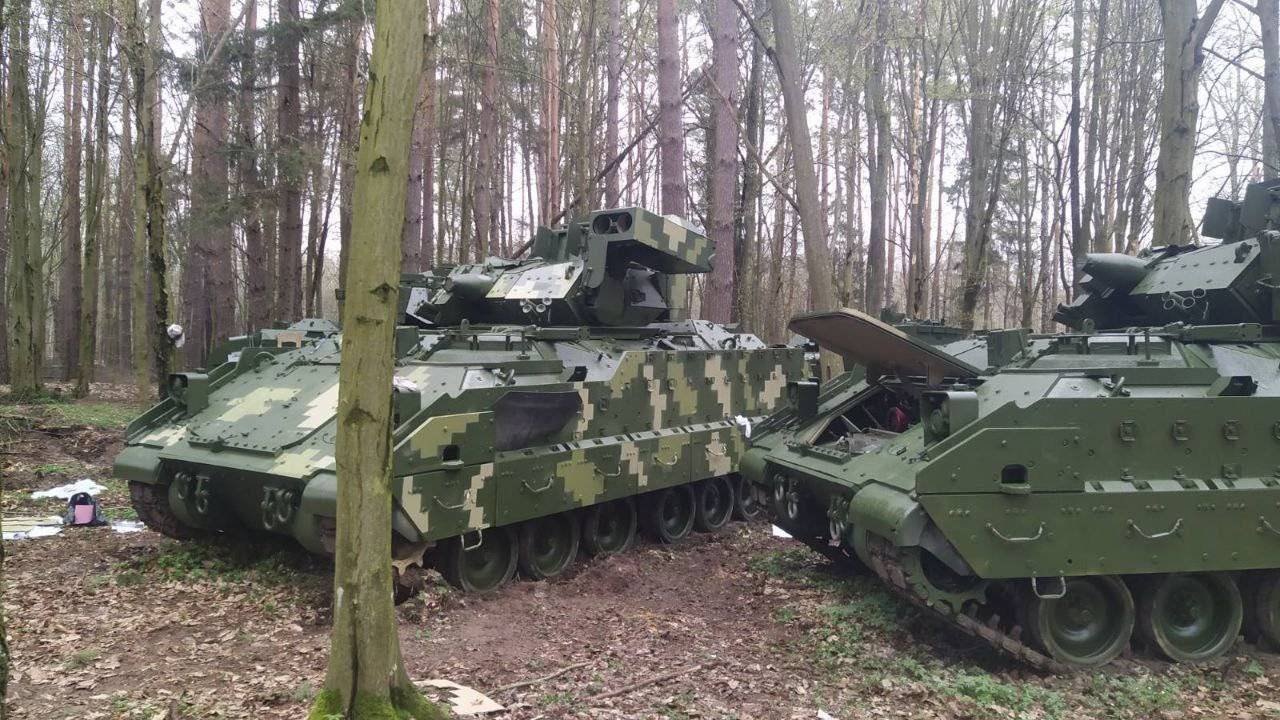
The losses are quite predictable – night fighting, even against post-Soviet vehicles or near infantry strongholds that do not have thermal imagers, is fraught with hitting mines, getting caught in artillery barrage fire, plus malfunctions and then drone strikes during the day, etc.
To date, we know of 15 Bradleys that have been irretrievably lost, and some more, perhaps not on the photos and videos, are very damaged and repairable.
As expected, the vehicle performed well – it is resistant to explosion, the fire extinguishing systems work properly, thermal imagers are flashing in the video of both the first generations and after the American upgrade in 2003, Tow-2 launches have been actively carried out.
This is not an armoured Humvee, whose task is to take the infantry to the point and quickly spatter out the Browning tape into a green zone, but a machine is in the heat of things on the line and therefore gets damaged. In response to the damaged equipment, at first, small options were shipped from the United States to make up for the losses and to cover what was out of order and under repair.
But now, in the 41st and 42nd aid packages, we have two battalion sets of Bradley armoured vehicles alone, totalling 62 vehicles.
And almost two battalions of Strykers, that is 57 armoured personnel carriers.
There is still no word on their losses, so this is a net bonus to our numbers.
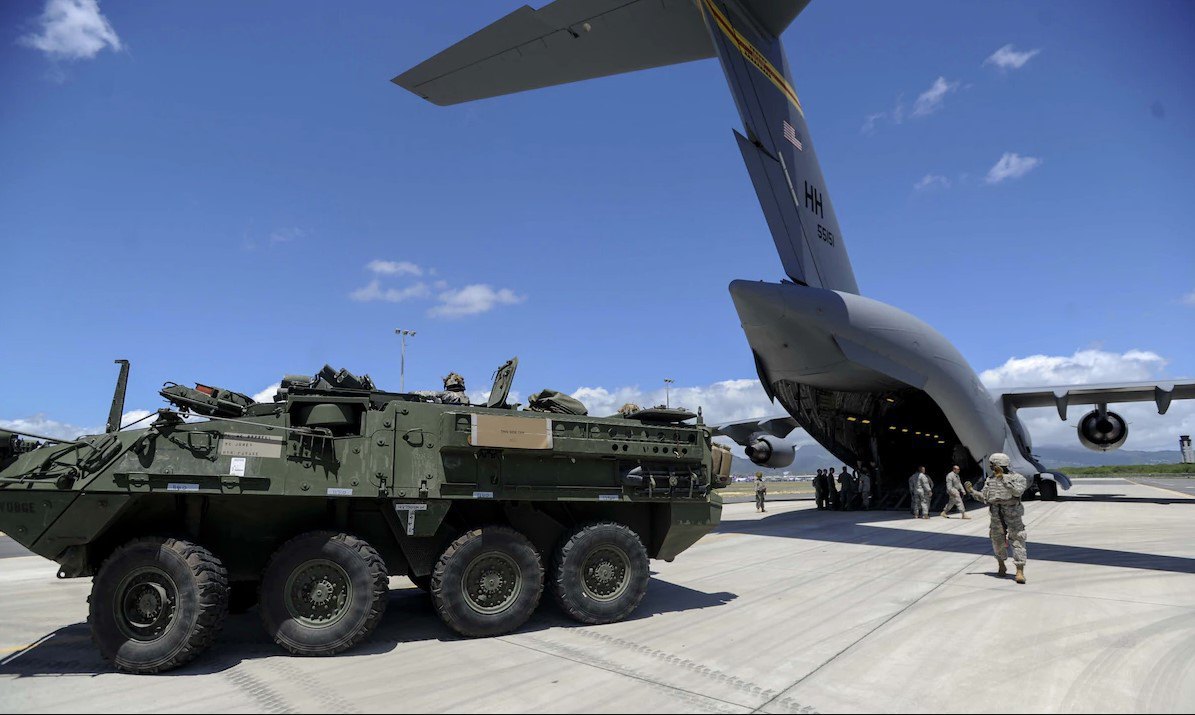
That is, the partners thought that the Ukrainian Armed Forces had passed the point of saturation with mechanised equipment, and then the tap was turned on again.
Presumably, it became clear that the war was dragging on, there would be losses during an offensive against a prepared defence, and mechanised units were needed as air, especially when the enemy was sinking down to infantry battalions and Storm units.
Our media often suggest that the West could give more, with estimates of how much is left in storage.
Without even touching on the sharp words of the British Defence Secretary that "we are not Amazon". They are not Amazon, but their Storm Shadows have already sent a second general to hell, so this is the help that cannot be overstated.
However, when talking about hardware, many people forget about the infrastructure, without which nothing will happen.
That the US European Command is counting on the same Grafenwoehr Training Area, which is also receiving new Strykers right now.
Plus rotational units of the allies, which are undergoing coordination and training before strengthening the eastern flank.
Plus, the Ukrainians are now counting on it for the battalions for Kyiv which are preparing very intensely under a schedule that has been probably designed until winter and beyond.
Plans to expand the Bundeswehr have not disappeared either.
To build the infrastructure in the EU to maintain the number of troops, at least a shadow of what it was during the Cold War - a British division, an American division on rotation, artillery commands, missile defence batteries (move from ATACMS to PrSM, garrisons at Poland's request, and their efforts to form two new divisions) effectively means tens of billions and years of work.
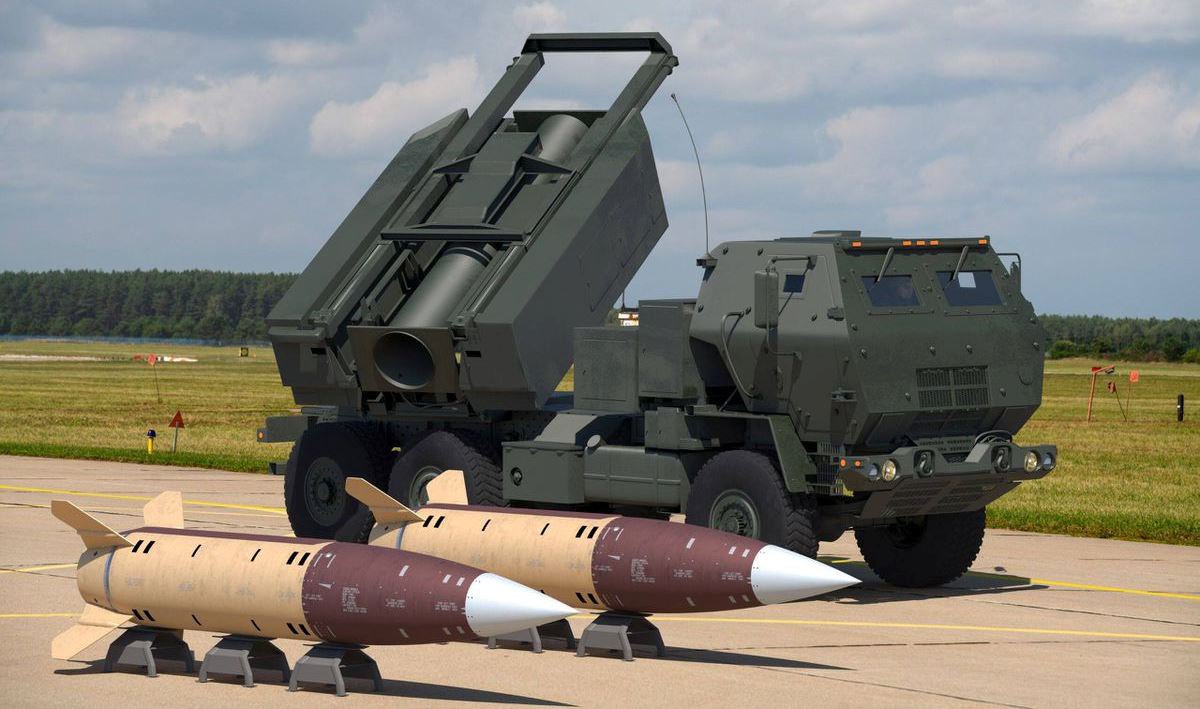
It is not possible to simply copy and paste – it requires training grounds, storage areas, rear logistics, training of scarce narrow professionals, such as instructors, electronics or engine maintenance specialists, and much more.
Which of the allies will pay for this – Europe, which loved the tasty gas contracts, or the United States, which is putting out the fire in Europe for the third time in two centuries, with money and lives?
This is a very delicate point that requires coordination and negotiation.
Given that the issue of a Leopard repair plant in Poland has not been resolved for a month and a half, there are issues, they are being resolved in a working order, but different Allies understand the working order differently.
Thirty-two 155 mm howitzers. If this is a M777, it means that the issue with titanium in India has been resolved and production has started, which is great news.
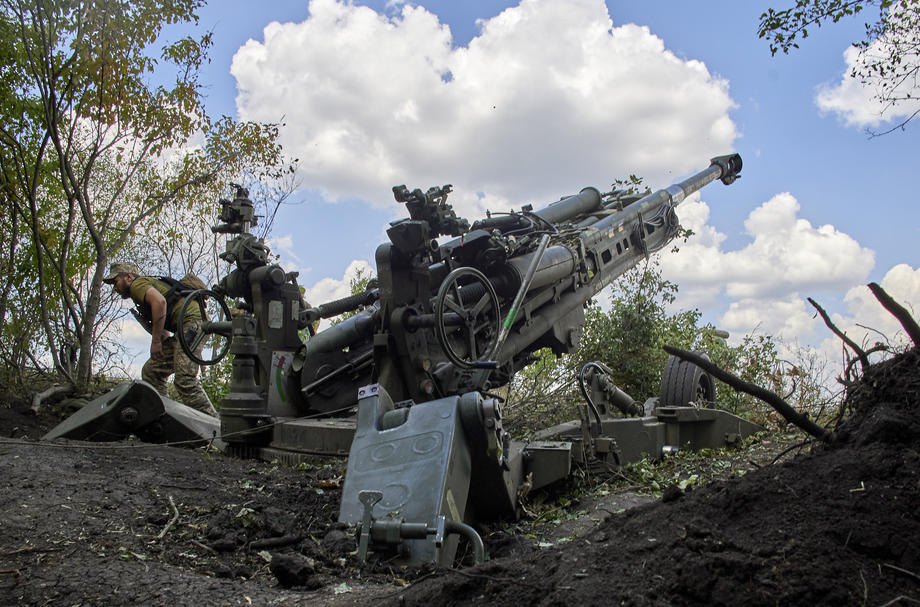
If it's an M198, it means that they have carried out decommissioning and overhaul work, because fresher guns have been going to Lebanon and Jordans all this time. It only seems that it is easy to replace bearings for the chassis and repair hydraulics, which were produced in the 1970s.
The news is just as good – there are hundreds of them in stock, and if they set up the line, more will follow.
In any case, guns and shells, including cluster munitions, are what is needed in the south. To clear the green zones from towed enemy artillery, to intercept Uragans with Excaliburs, to hit EW vehicles and HQ box vans.
Additional ATGMs and TOW missiles. The 4,000 units on the Pentagon's website are an operationally important delivery.
It should be noted that this is not because Javelin stocks were exhausted, they are also available in options.
In the USA they are used in parallel – a light ATGM in a squad and a heavy ATGM at the battalion level. The infantry stops and works from the shoulder, while a manoeuvre group on tracks or wheels, with TOW-2, moves out from the depths.
It works not only with Bradleys, but also Humvees – a heavy warhead and an explosion in the upper hemisphere pierce the latest Russian tanks. But they are used not only against tanks but against houses, firing points, and having access to US stockpiles is invaluable.
Having additional missiles to Patriots makes it easy to verify Russian tales of knocked-out batteries in Kyiv.
Do we see battle control stations or radars in urgent packages to replace what was put out of order? No.
Do we see any effective strikes with small ballistic missiles or Kinzhals on Kyiv? No.
We have no more questions for the Kremlin's storytellers.
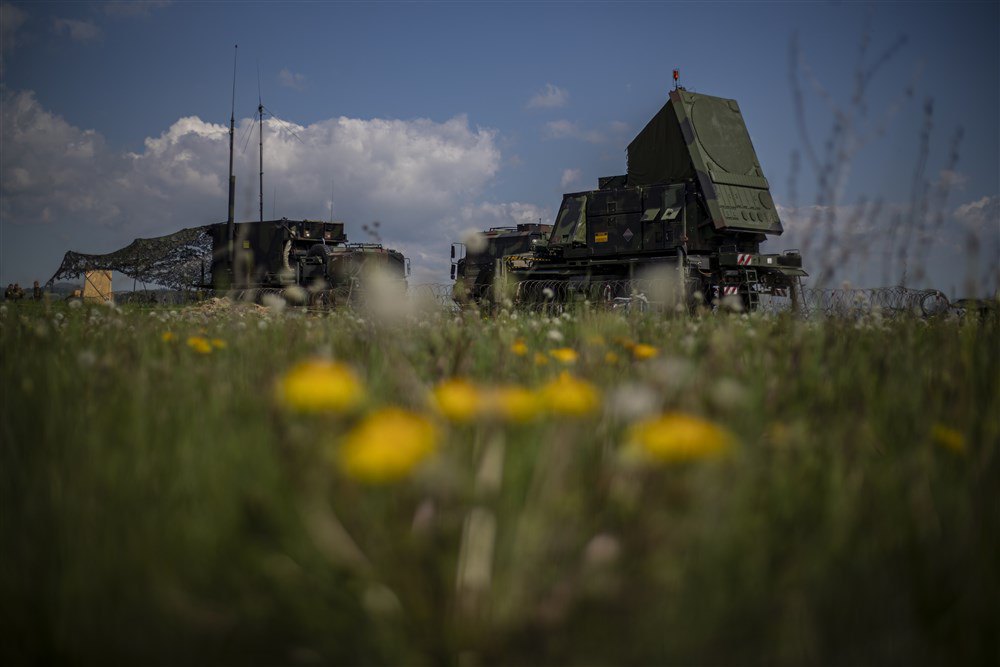
Judging by the fact that we are spending missile defence products ($4-7 million each under various contracts), and in the future we are expecting another five batteries, these are serious amounts of money, invaluable help.
The Stinger man-portable air defence system has already fired several annual production runs, the line is being expanded, and the corporation has engaged retirees to train young people.
The disappearing cloud of human experience about the defence industry's competences is not just a pretty word. Having severely reduced production in the 2000s, relying on stocks and the secondary market, we now have to get out of the situation.
JDAM-ER and AGM-88 HARM - post-Soviet aviation has made a strong move towards using precision-guided munitions from the Alliance. Before us, no-one had done this so widely and under such severe obstacles, under the pressure of electronic warfare and against powerful air defences. This fact and its significance for the course of the war have yet to be realised.
Naturally, the combination of different architectures involves the insertion of coordinates before departure, so for obvious reasons, the spending is higher. But Uncle Sam has stocks and is actively sharing them. For many HARMs, the choice is simple – they will have to be disposed of in the near future or fired at the enemy.
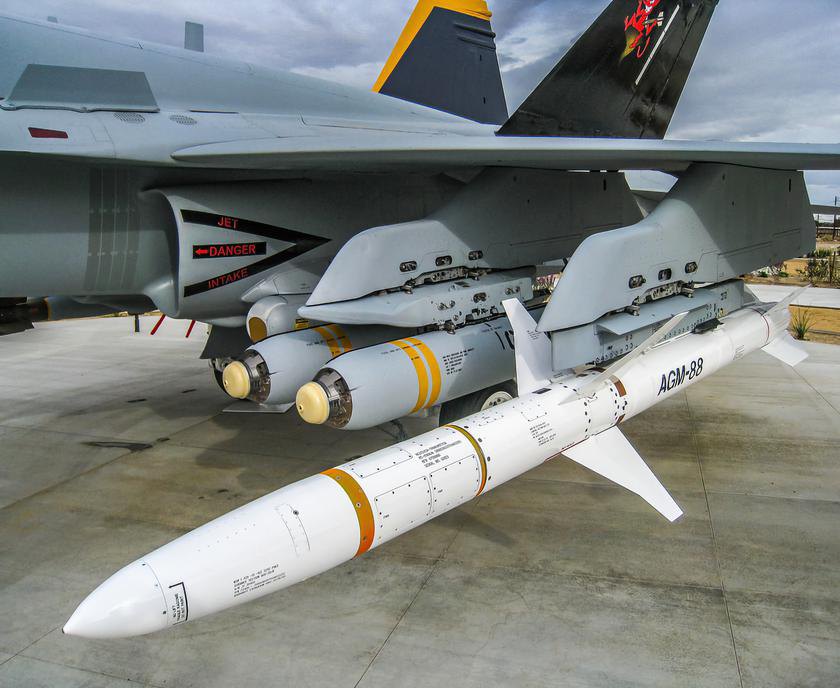
In general, everything we receive falls between critical and very important, particularly considering the fact that it cannot be bought in such quantities on the market, even if we had the money. And even evacuation vehicles, trawls, repair shops – these are things that have a very strong impact on the ability of the Defence Forces to conduct the active phase of the operation. Therefore, given the circumstances, the USA is doing the most for us, and each package they send not only saves many lives, but also brings the moment when the Russian army will crumble.







